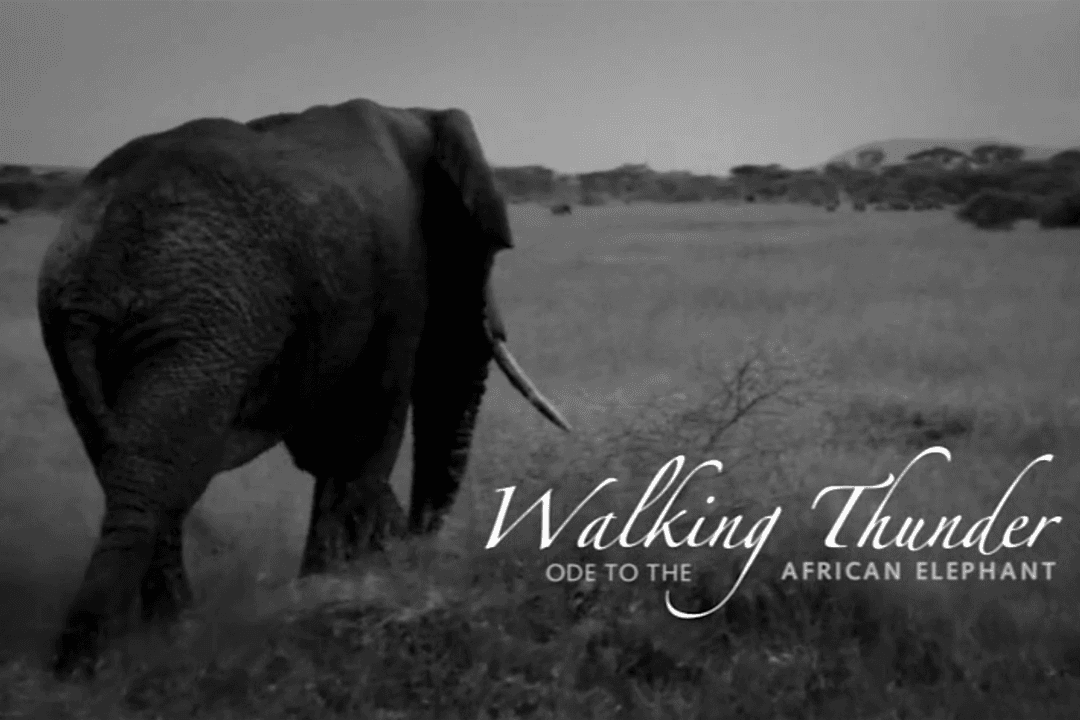Cyril Christo and Marie Wilkinson’s sweeping new documentary film “Walking Thunder: Ode to the African Elephant” takes viewers on a journey across Africa of more than 15 years in the making.
The couple, two award-winning photographers, focus their story on the elephant. However, they also pay tribute to other endangered species, such as the rhino, lion, cheetah, wild dog, the giraffe—even the whole of the natural world.




